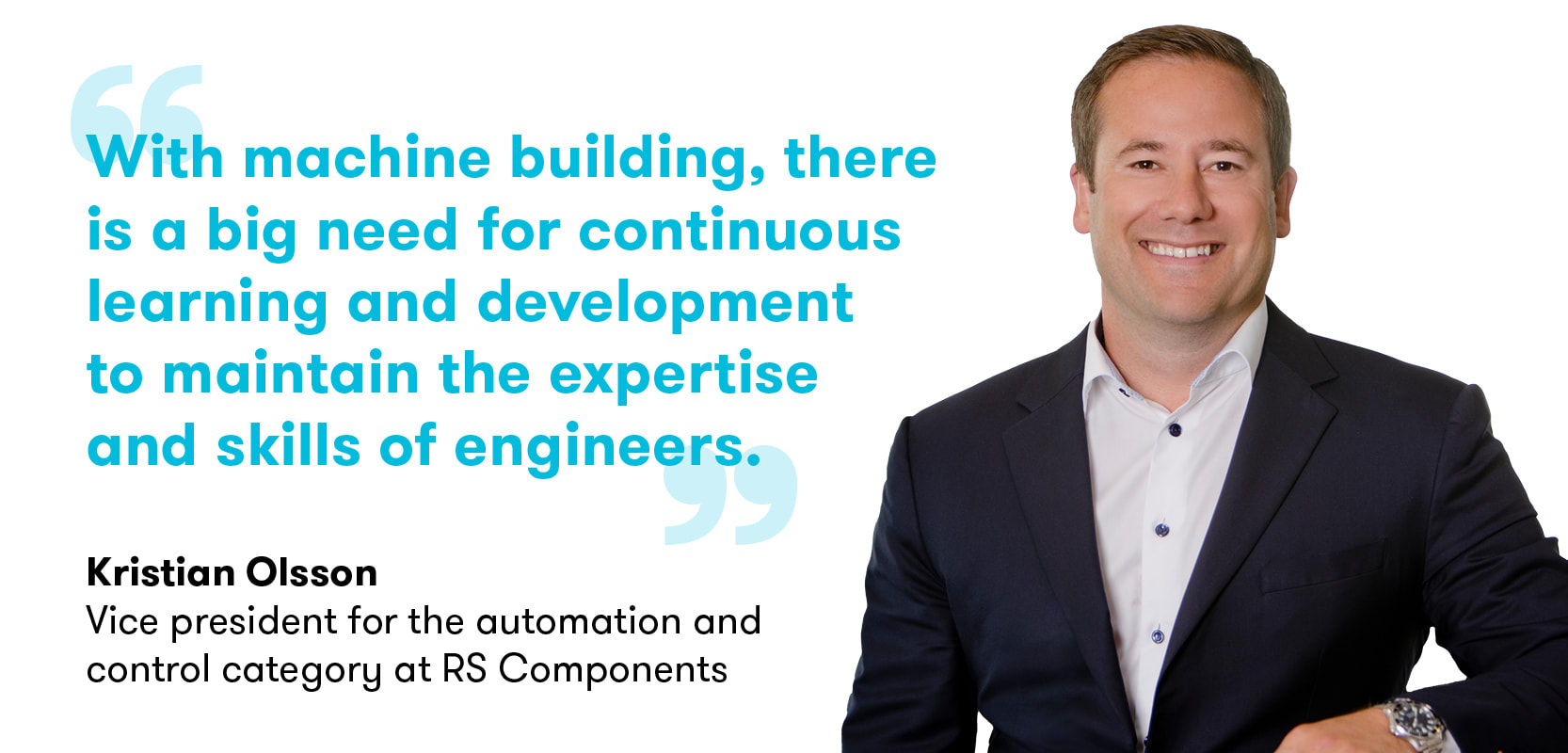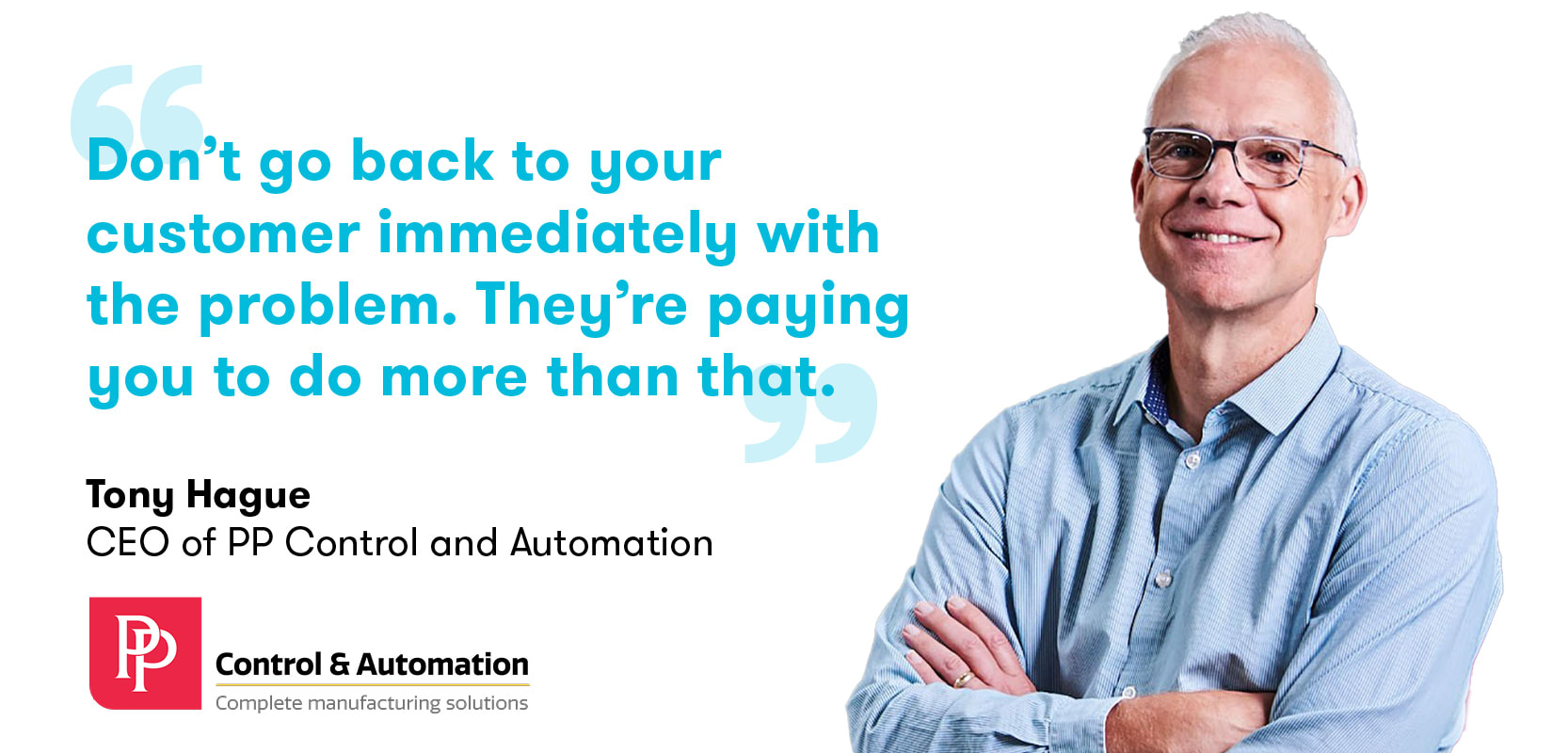What are the challenges?
“Machine builders are faced with supply chain challenges,” begins Olsson. “A customer may have a preference about what products, solutions and brands to use. The machine builder probably has options and can use alternative parts, but there is risk associated with that.”
Hague agrees that sourcing the right materials is a major problem. “Two words: supply chain,” he says. “Speak to anybody in manufacturing right now and they’ll say the thing holding back economic recovery, our ability to build for our customers and the ability of our customers to build more is the absolute carnage that is the supply chain.”
Hague also thinks that supply chain disruption is making it harder for businesses to respond effectively to other demands such as energy price increases, inflation and wage expectations. “If we could solve the supply chain, we could take care of these pressures,” he adds. Why is there “absolute carnage” in the supply chain right now? “The lack of production of key electronic components throughout the COVID period,” answers Hague. “It took a long time for the semiconductor foundries and chip manufacturers to get back to any sort of normal. By then there’s a huge backlog of demand as well as huge additional demand driven by automotive and 5G.” This isn’t just an issue for machine builders; it goes even beyond manufacturing and is affecting the wider global economy too. Plus, it isn’t solely down to the coronavirus pandemic. “This problem was already developing,” observes Hague. “COVID accelerated the problem.
“It’s down to two decades of offshoring supply chains and, in pursuit of lowest cost, reliance on componentry from far afield. It’s good until it all comes tumbling down.”
This shift has begun to reverse, and Olsson believes this will continue even as the impact of the pandemic eases. “I think it’s triggered a trend towards nearshoring more production,” he says. “It’s not a knee jerk reaction. The trend towards questioning offshoring was already there before the pandemic and the pandemic settled the argument. “It isn’t going to be black and white; it’s going to be about what level of risk are we willing to accept for what type of product categories. Anything that’s consumer centric – food, pharmaceutical – is an area where appetite for risk has decreased on a permanent basis.”
“What does that mean for the machine building industry? You can have an even bigger focus on maintaining flexibility and automation in your production environment but you’re going to have an even bigger focus on labour costs being a challenge and lack of people wanting to do this kind of work.
“That will inevitably lead to both business implications and technology implications.”


